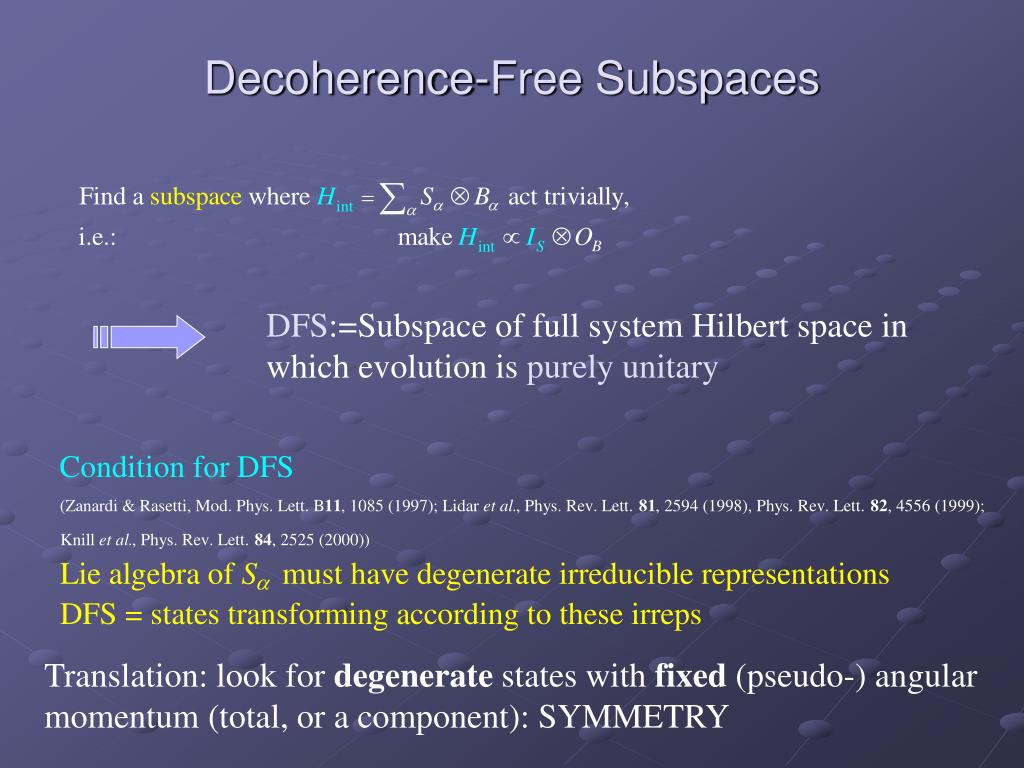


(c) Image courtesy of Sandia National Laboratories, 2015.Īssembling metal parts, similar to quadrupole ion mass spectrometers. (d) An example of a microfabricated surface trap, designed to provide adequate optical access to the ions trapped above the surface of the trapping electrodes. The cross-sectional view of the electric field forms the quadrupole null, and a linear trap is formed above the surface of the trap. (c) A linear trapping potential can be created by electrodes fabricated on a planar surface of a substrate. If the frequency of the RF voltage is much higher than the natural motional frequency of the ion (called the “secular frequency”), then the ions feel confining potential where the electric field forms a quadrupole null (“zero-field region”). (b) During the negative cycle of the RF voltage (red arrows), the positively charged ion is pushed away from the ground electrodes toward the RF electrodes, while during the positive cycle of the RF voltage (blue arrows), the ions are pushed in the opposite direction. This geometry creates a quadrupole electric field profile in the plane perpendicular to the axis of the rods and forms a one-dimensional (1D) linear trapping potential, where a chain of ions can be readily trapped. Two rods in the diagonal serve as RF grounds, while an RF voltage is applied to the remaining two. (a) An example of a traditional RF Paul trap using four rods. Traditionally, these trap structures were constructed by machining andįIGURE B.1 Operating principle of RF Paul trap. Other electrodes carrying direct current (DC) fields can be used to create a nonuniform trapping field profile along the length of this line, which further confine and fine-tune the location of the trapped atomic chain. At the quadrupole “null”-where the RF field vanishes-atomic ions feel a trapping potential, which typically takes the shape of a line ( Figure B.1a). Most trapped ion quantum computing systems use a Paul trap, where a radio frequency (RF) signal is applied to two electrodes arranged in parallel to ground electrodes, to form a quadrupole RF field ( Figure B.1b). These traps are operated in a vacuum to avoid interactions with background molecules in the environment.
#TRAPPED ION QUANTUM ERROR CORRECTION FREE#
A point charge (an ion) cannot be stably trapped in free space using a static, or constant, electric field only, so either a combination of electric and magnetic fields (Penning trap) or a time-dependent electric field (Paul trap) must be used to trap arrays of atomic ions. B.1 ION TRAPSĪtomic ions are trapped in space using electromagnetic fields. Since individual ions serve as qubits, the qubits themselves do not face the challenges of manufacturing defects this approach has the potential of low error rate gate operations. This appendix reviews the technology used to create the quantum data plane and the control and measurement plan for trapped ion quantum computers.


 0 kommentar(er)
0 kommentar(er)
